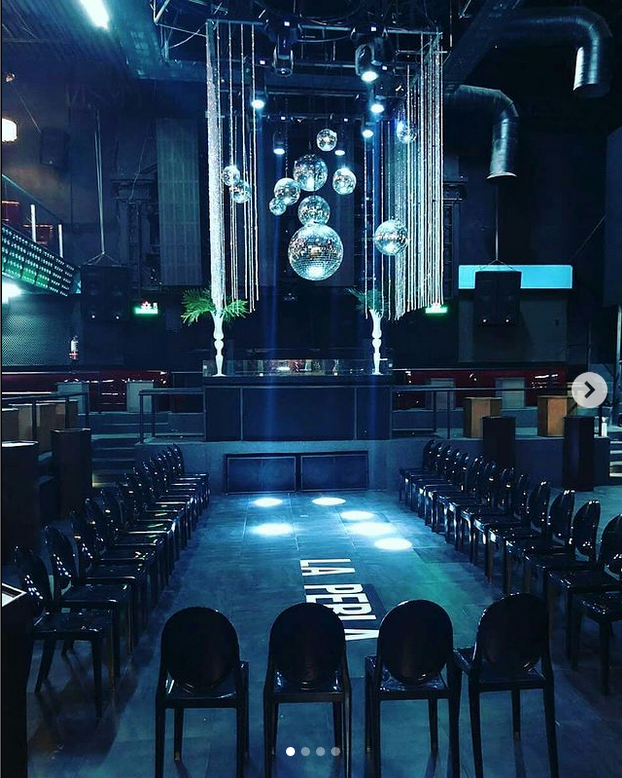In Every Dip, a Tear: Nine Years of Ballroom Culture as Queer Intangible Cultural Heritage in the Heart of Mexico City, is a project central to this curatorial endeavour is the establishment of a tripartite nexus encompassing museum institutions, active members of the Ballroom scene, and the broader populace. The aim is to establish a connection by creating cultural content, organising artistic events, and preserving ICH[1]. All these efforts will be conducted to promote inclusivity, recognition, and validation of sexual diversity within the broader region of Mexico City. Outlined below are the specific objectives delineated within the project:
- Convene and deliberate alongside domain experts, exploring concepts such as universality, cultural diversity, and cultural policies (Duvelle, 2014; Lopez and Lázaro and Jiménez, 2021) to reach out to Queer Intangible Cultural Heritage (QICH) from national and international perspectives.
- Introduce and elucidate the tenets associated with sexual dissidence within the global southern context (Gomes Pereira, 2019), focusing on its manifestations within the vibrant tapestry of Mexico City.
- Illuminate the foundational principles underpinning Ballroom Culture (Bailey, 2013) while contextualising the interlinkages, contributions, and stratagems that have propelled its evolution within Mexico City.
- Promote a transdisciplinary curatorial (Lehnerer, 2023) initiative encompassing audiovisual materials procurement, compilation, and organisation spanning the nine-year annals of the MBS.
- Cultivate dialogue and recognise the individuals and allies instrumental in cultivating Ballroom Culture within Mexico City (Klitgård, 2019; Tenorio, 2021).
- Acknowledge and bring to light the socio-political struggles confronting the Ballroom community in Mexico City, thus amplifying their visibility, and advocating for a QICH (Immonen, 2022).
- Deconstruct the dichotomy and create connections between public spaces and institutional spheres to erode barriers that segregate dissident urban culture and its expressive forms, such as dance (Ferdman, 2019).
These objectives collectively constitute a comprehensive framework to document and valorise the multifaceted dimensions of QICH, dance practice, and urban culture within Mexico City’s dynamic cultural milieu.
[1] According to UNESCO Article 2, point one, ‘The “intangible cultural heritage” means the practices, representations, expressions, knowledge, skills – as well as the instruments, objects, artefacts, and cultural spaces associated therewith – that communities, groups and, in some cases, individuals recognize as part of their cultural heritage. This intangible cultural heritage, transmitted from generation to generation, is constantly recreated by communities and groups in response to their environment, their interaction with nature and their history, and provides them with a sense of identity and continuity, thus promoting respect for cultural diversity and human creativity. For the purposes of this Convention, consideration will be given solely to such intangible cultural heritage as is compatible with existing international human rights instruments, as well as with the requirements of mutual respect among communities, groups, and individuals, and of sustainable development’ (2022, p.5).
[2] For more information: https://choreomundus.org/


